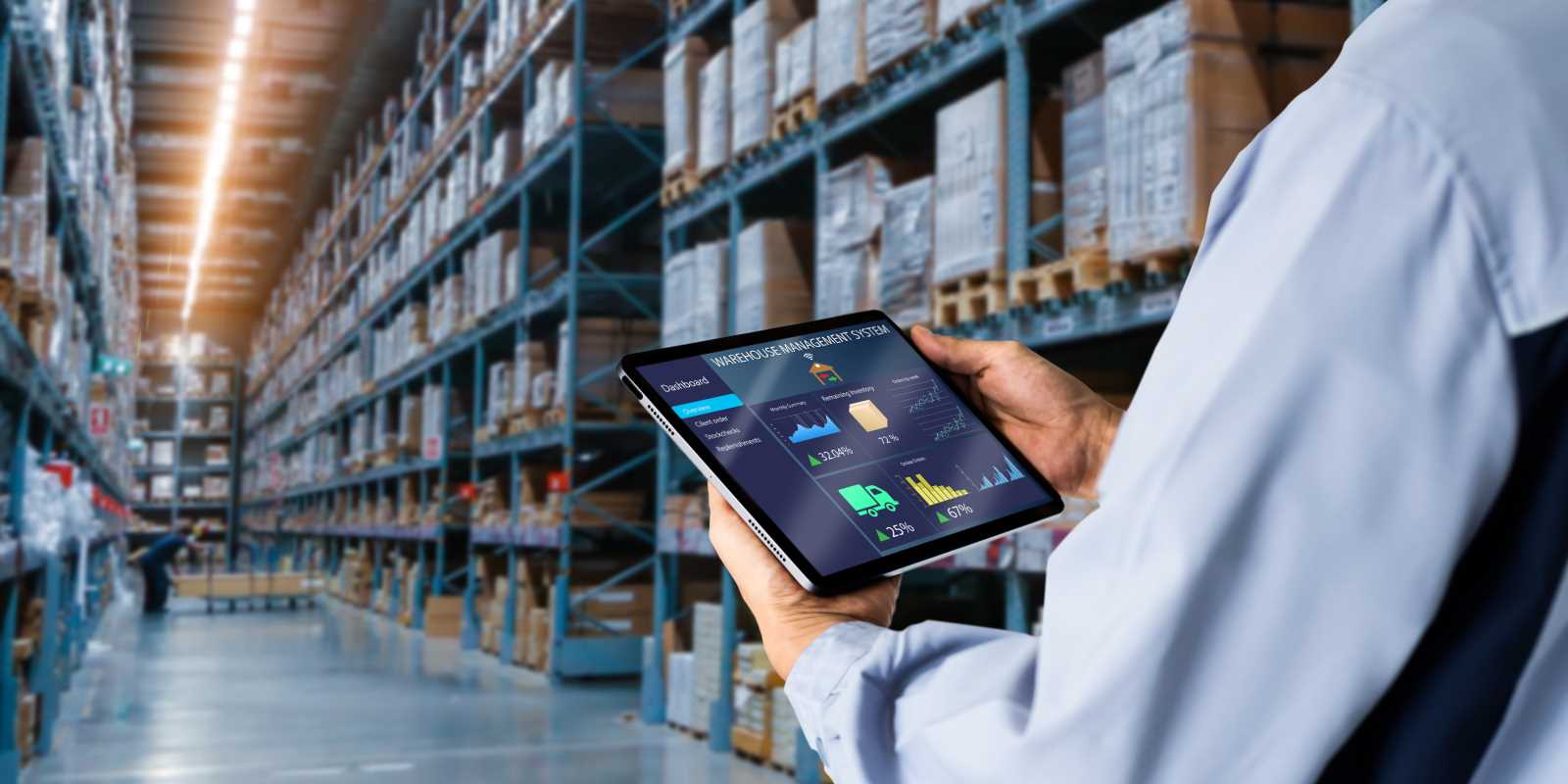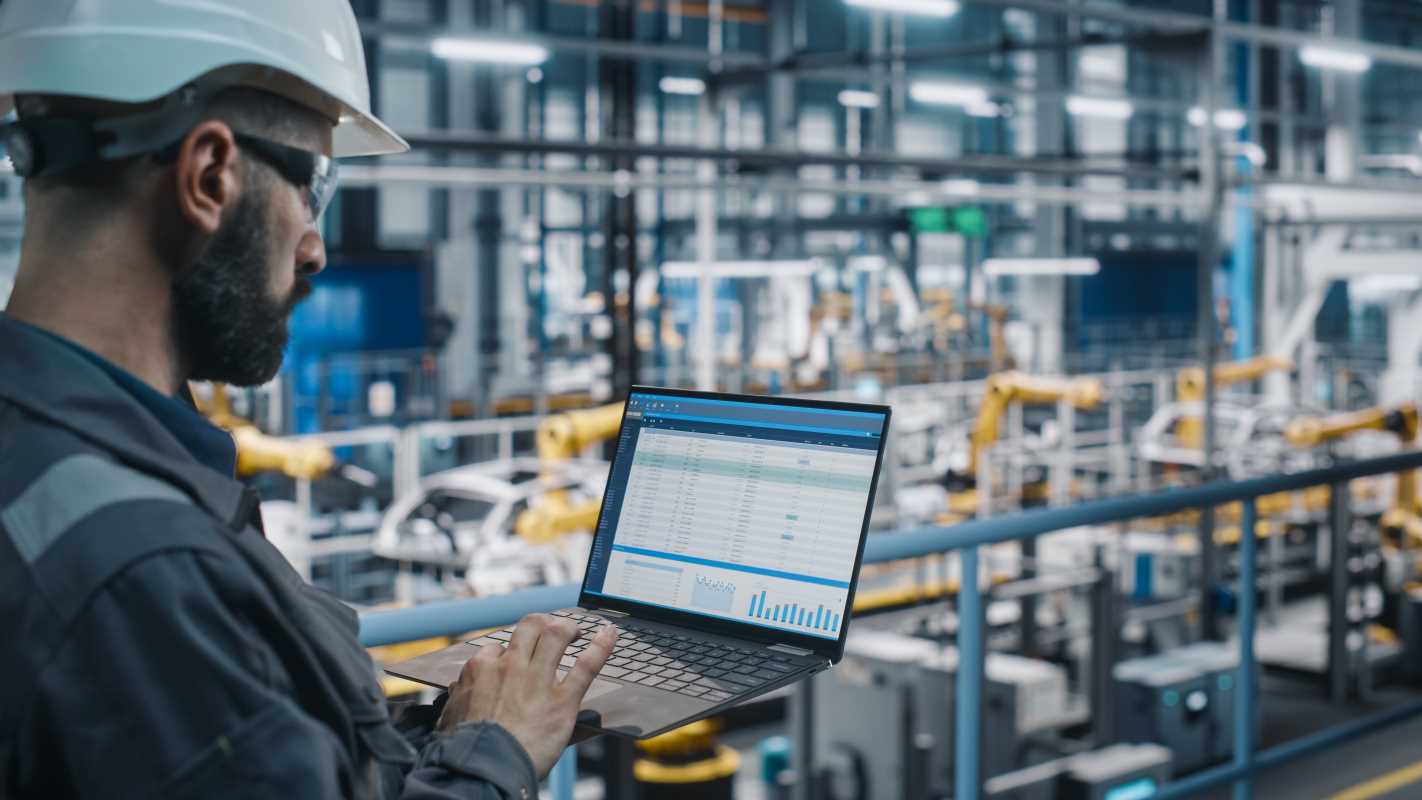Supply chain professionals manage complex operations that include monitoring shipments and verifying product authenticity. By linking sensors with a digital ledger, everyone involved gains real-time access to accurate information about each step in the process. When connected devices send trustworthy updates to a secure and permanent blockchain, organizations can prevent the loss of goods, detect counterfeit products, and avoid unnecessary inspection delays. This approach leads to greater efficiency and reliability throughout the supply chain. In the following sections, discover five practical methods to integrate IoT sensors and blockchain technology, making supply chains more transparent and dependable.
Implementing Real-Time IoT Monitoring
First, install sensors that track location, temperature, humidity, or vibration on critical shipments. These sensors send data at regular intervals, allowing you to spot problems before they escalate. By keeping these data streams secure and visible, stakeholders can respond quickly to any issues.
- GPS trackers for precise location updates
- Temperature sensors to protect perishable goods
- Humidity monitors for sensitive materials
- Accelerometers to detect rough handling
Set up alerts when values go outside safe thresholds. For instance, if a pharma batch experiences a temperature spike, you get notified immediately. This kind of warning system enables teams to reroute or repack shipments instead of discovering issues at delivery time.
Using Blockchain to Keep Records Unchangeable
Blockchains serve as digital notaries. They record each transaction or data entry in a block, then secure it in place. Once a block joins the chain, no one can modify or delete it. This permanent record provides auditors and clients with clear proof of every transfer.
- Collect sensor readings and shipment details.
- Create a new block containing that data, timestamp, and previous block’s hash.
- Distribute the block to all participant nodes for agreement.
- Seal the block once the network verifies it.
- Provide stakeholders with read-only access for audits or performance reviews.
This detailed record minimizes disputes. A retailer can trace a dropped pallet back to the exact time and location it happened. Meanwhile, regulators appreciate that nobody can overwrite critical safety logs.
Integrating Smart Contracts for Automated Checks
Smart contracts function as automated inspectors. You program conditions—say, “release payment when goods arrive at warehouse A at under 5°C.” Once IoT sensors confirm each condition, the contract automatically carries out tasks without manual input.
Many logistics teams use IBM Blockchain Platform to build and test these self-executing contracts. You can set clauses for late delivery fees, quality controls, or customs clearance. Automating these steps reduces paperwork errors and speeds up cash flow.
Monitor performance metrics like average verification time or contract success rates. This data helps you improve contract terms and reduce exceptions. Over time, your supply network operates more smoothly because agreements happen exactly as programmed.
Unified Supply Chain Visibility
Connecting sensor data and blockchain records to a single dashboard provides everyone with a shared view of shipments. When teams across different locations log into the same interface, they avoid mismatched versions and miscommunications.
Use an interactive map overlay, color-coded alerts, and detailed reports. Clicking on an item reveals its entire journey, sensor logs, and smart contract results. This level of detail turns raw numbers into clear action steps. Incorporating these insights into your network helps you catch errors earlier and keep customers informed.
Ensuring Compliance and Security Checks
Regulators often require proof that you follow safety standards or sanitary protocols. With sensor feeds stored on blockchain, you present regulators with a single, unbroken trail. Auditors don’t chase paperwork—they access live data snapshots.
Schedule regular audits by granting temporary permissions to certified inspectors. They access read-only copies of your ledger and verify that you meet each requirement. After completing the audit, you can revoke access quickly, maintaining security.
Keep track of audit results and recurring issues in a separate analytics module. This way, you can identify weak areas—such as a warehouse repeatedly reporting high humidity—and assign improvement tasks before violations happen.
Combining IoT sensors with blockchain nodes changes how companies oversee every shipment and contract event. By monitoring conditions in real time, locking records permanently, automating checks, providing a unified view, and making audits simpler, you reduce risks and speed workflows.
Implement these steps to save time, reduce disputes, and improve customer satisfaction. Begin with a small pilot before expanding to your entire network for reliable, secure deliveries.
 (Image via
(Image via





